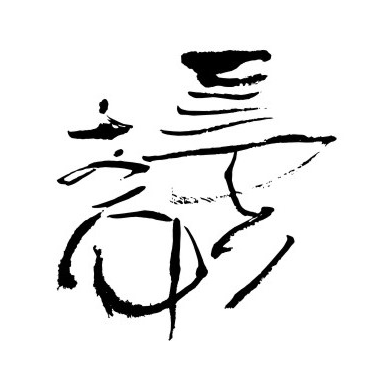
The process of producing tea requires many important steps, each one involving physical and biochemical transformation, taking tea from raw, green leaf material to finished tea leaf product. These steps include withering, rolling and shaking, oxidation, firing (pan firing or oven firing) and sorting (grading).
Withering, a gentle process which removes moisture. Withering is often conducted in open-air or closed processing areas utilizing natural breezes or gentle fans to assist the process. During the process, which can last from a couple of hours, the tea leaves lose 50 to 80 per cent of their moisture and become soft, making them suitable for rolling. The two types of tea that receive the most withering are oolong and black teas, a process that takes from 12 to 20 hours.
Rolling, in this process, the leaf is rolled, crushed or twisted, by hand or machine. The traditional hand-rolling process involves rolling the tea leaves between the hands so that the leaves become twisted and coated with the juices released from the leaves.
Oxidation, sometimes incorrectly referred to as fermentation, is the procedure that makes black tea different from all other types of tea. Essentially the oxidation process is the leaf turning brown. During this time, the leaves will lose most of their remaining moisture. Temperatures are between 21°C to 32 °C with a relative humidity of 75 to 90 per cent. White and green teas are not oxidized, oolong tea is partially oxidized; black tea is fully oxidized.
Firing (pan firing or oven firing) During the firing stage of processing, heat is applied to the leaf to stop the oxidation process. The temperatures for firing range from 60°C to 77°C and this phase lasts from 10 minutes to a maximum of one hour. There are four reasons for applying heat during the processing: to de-enzyme the leaves, to stop oxidation, to develop flavours during rolling and shaping, and to reduce moisture.
Drying the leaves slowly over pine wood fires gives them a soft, lingering smokiness. The leaves naturally absorb the smoky pine resin flavour.
Sorting (grading). Once the tea is fired, the leaves are sorted into grades of different sizes. Quality tea leaves are usually sorted by hand or with a combination of simple screens.
Shipping. Tea was shipped in wooden chests after harvesting and processing well into the latter part of the last century.
Mastery of this skill takes many years to perfect. Wuyi rock oolong teas undergo more individual steps in processing than any other tea type, including picking ‘single origin’ tea leaves of plants growing on the rocks, withering, special bruising and rolling, oxidizing and repeated firing or roasting to lock in aromas and flavours.
Oolong teas have remarkable complexity in flavour, aroma and appearance. Leaf colour and brewed tea liquor run the spectrum from dark coffee-brown to amber-orange, golden-yellow, and beyond. Wuyi rock teas are revered by connoisseurs, much like fine wines.
